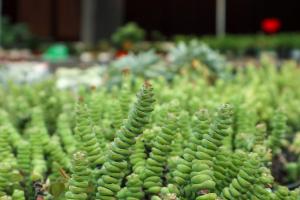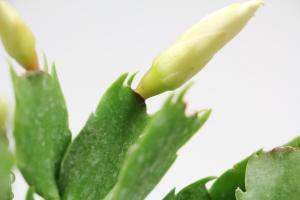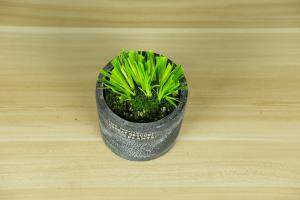Plant Tissues: Understanding Their Types and Functions
Plant tissues refer to groups of cells that work together to perform specific functions in the plant body. Each plant tissue has unique features and characteristics that make it suited for a particular role. Understanding the different types of plant tissues is essential in identifying which is the best example of plant tissue.
Types of Plant Tissues
There are three primary types of plant tissues: meristematic, permanent, and secretory.
Meristematic Tissues
Meristematic tissues are undifferentiated cells that are actively dividing and developing into a variety of plant tissues. These tissues are located at the tips of roots and shoots, as well as in areas where growth and repair are needed. Meristematic tissues are responsible for growth and development of the plant's body and organs.
Permanent Tissues
Permanent tissues are formed from meristematic tissues and are specialized to perform specific functions within the plant. These tissues include parenchyma, collenchyma, and sclerenchyma.
Parenchyma Tissue
Parenchyma tissue is composed of thin-walled cells that are responsible for photosynthesis, storage of nutrients, and gas exchange. Parenchyma tissue is found in various parts of the plant, including leaves, stems, and roots.
Collenchyma Tissue
Collenchyma tissue is composed of elongated cells with thick cell walls. This tissue provides strength and support to the plant and is found in the stems, leaves, and petioles of plants.
Sclerenchyma Tissue
Sclerenchyma tissue is composed of cells with thick, rigid cell walls. These cells provide structural support to the plant and are found in the stems, leaves, and fruits of plants.
Secretory Tissues
Secretory tissues produce and store specialized compounds, such as oils, resins, and gums. These tissues are found in a variety of plant organs, including leaves, flowers, and fruits. Secretory tissue is essential in plant defense, as many of these specialized compounds have toxic properties that deter herbivores and predators.
Functions of Plant Tissues
Each type of plant tissue is specialized to perform specific functions that are essential to the plant's survival and success. For example, meristematic tissues are responsible for growth and repair, while permanent tissues provide support, strength, and specialized functions, such as photosynthesis and storage. Secretory tissues play a critical role in plant defense and the attraction of pollinators and seed dispersers.
Conclusion
Plant tissues are essential components of the plant body that perform specific functions necessary for the plant's survival and success. Understanding the different types of plant tissues and their functions is essential in identifying which is the best example of plant tissue. With this knowledge, one can appreciate the incredible diversity and complexity of the plant world.

 how many times do yo...
how many times do yo... how many planted tre...
how many planted tre... how many pine trees ...
how many pine trees ... how many pecan trees...
how many pecan trees... how many plants comp...
how many plants comp... how many plants can ...
how many plants can ... how many plants and ...
how many plants and ... how many pepper plan...
how many pepper plan...































